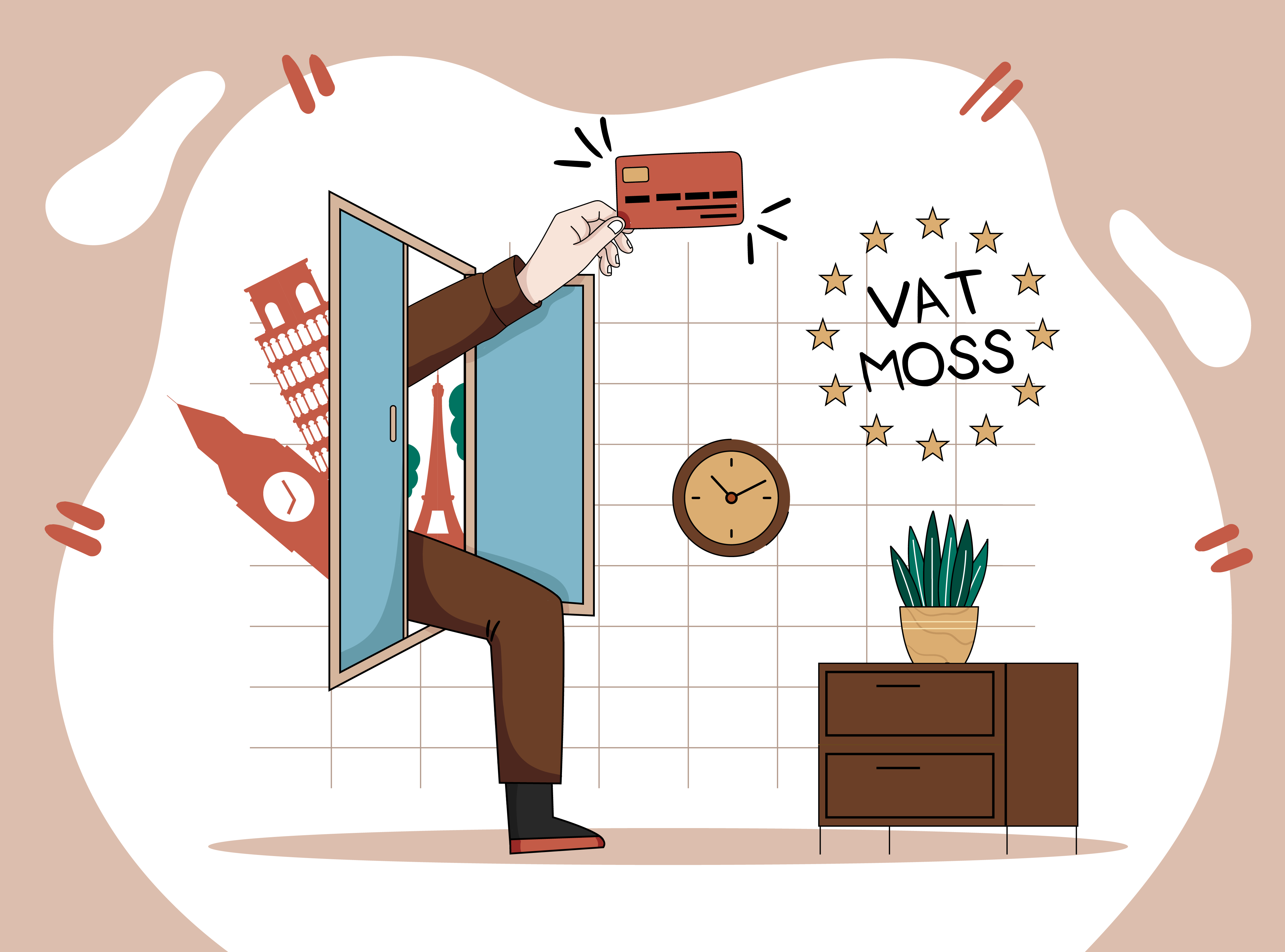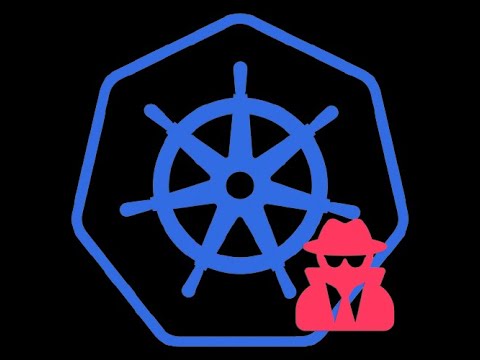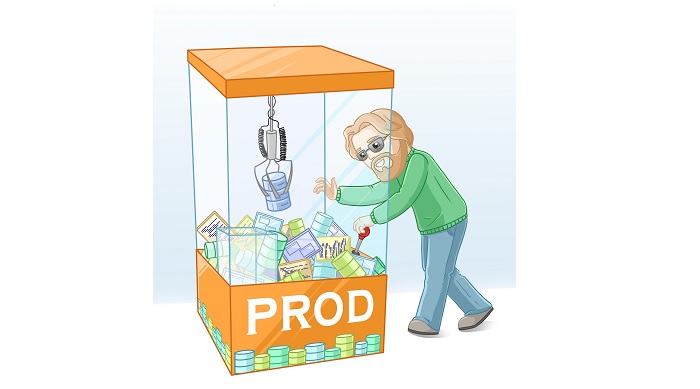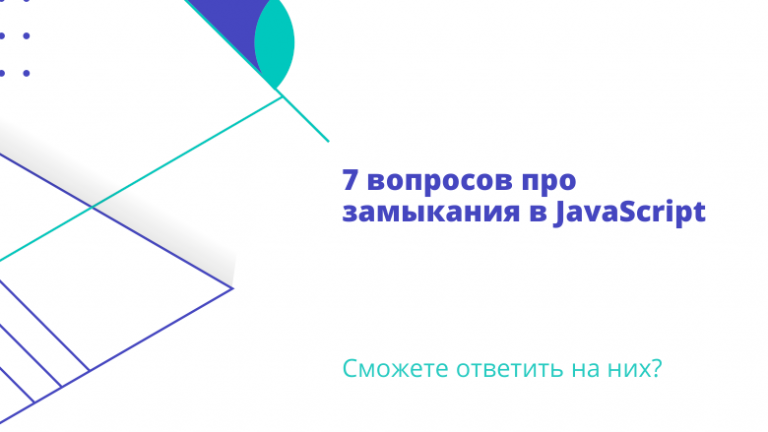Selling digital goods or services in the EU? Then we go to you! VAT Moss: how to pay VAT in the EU
A little more than five years ago, the European Union introduced new rules for VAT (VAT) taxation in B2C sales of digital goods and services.
As it was before
Previously, VAT was paid at the rate of the country in which it was registered Your company, now the payment is at the rate of the European country in which the your consumer… The rate depends on the country and ranges from 17 to 27%.
VAT MOSS – a unified reporting procedure for all European sales. When the UK and EU analyzed the corporate tax situation, they realized that they were not receiving taxes from big sellers of digital products such as Amazon or eBay.
Digital or “digital” products Are those products that are available only from electronic devices: smartphones, tablets, PCs or laptops. They have no physical form. It can be:
- Software
- e-books
- annexes
- graphic and 3D images
- music
- photos
- and much more, you get the principle)
Large sellers of digital products acted cunningly – they registered in countries with minimal VAT rates and paid VAT at the place of registration of the supplier, and not at the location of the consumer. The EU government, in its fight against tax optimization, adopts a new Directive that completely changes the approach to taxation of digital goods. Now the tax rate is calculated and paid not at the place of registration, but at the location of the buyer.
Unfortunately, the new rules have affected not only the giants of the market, who have no problems with profitability and a huge staff of accountants, but also a million small and medium online resources. The problem lay not only in the change in tax rates, but also in excessive bureaucracy, since each country of the European Union would have to report on VAT.
Therefore, the EU, in order to streamline administrative work, introduced the VAT MOSS (Mini One Stop Shop) system in 2015.
B2C sales and limits.
The VAT rate that is charged previously depended on how much the company sells in the EU and where the company is registered. If an EU company made less than 10,000 Euros in sales of digital goods per year across the EU, then the company could charge the VAT rate of its country of incorporation (Directive 2017/2455, Article 1, point (1)). The tax scheme is simple. The company is registered in its home country, collects the local tax rate from all clients and files returns in its home country. Voila. But after the company crossed the € 10,000 sales threshold (in the UK the threshold was set at a fixed £ 8,818 to avoid currency fluctuations and not be tied to the Euro), the company was required to collect VAT in the country of its customers (buyers ).
BUT from January 1, 2021, a similar principle applies to the provision of electronic services with a threshold of up to 10,000 Euro (E-Commerce Package, adopted December 5, 2017)
For non-European businesses, simple rules apply. In B2C transactions, the VAT of the customer’s country is always charged. The rules apply to any digital goods and services.
Let’s take a closer look at VAT MOSS
MOSS reduces the administrative burden and business costs of providing telecommunications, broadcasting and digital services to non-taxable persons. As a merchant, you can register with MOSS. If your business is based in a European country, chances are you already have a VAT number and can easily register with MOSS. If the business is not located in Europe, you can choose any European country when registering.
Consequently, a company providing services to European consumers (B2C) is obliged to register in the prescribed manner and obtain a VAT number.
For non-EU companies, the VAT MOSS system allows you to select any of the EU countries for registration of subsequent reporting and payment of VAT, regardless of the countries in which consumers live.
The whole process sounds complicated, but you can understand it in five easy steps:
- Register a business to get a VAT number.
- Check where the client lives.
- Collect VAT when needed.
- Keep detailed records and accounts.
- Submit your VAT return every quarter using the VAT MOSS system.
1. Register
To register in VAT MOSS system, you must register in the online system of one of the EU member states as EU Trader. Your business must be registered to legally sell any digital goods in the EU.
- If the company is located in the EU, simply register the VAT according to your country. In all cases, the EU taxpayer will be identified to MOSS with the same individual VAT identification number with which it is identified for internal VAT returns. But there is one exception to the rule: if a company has more than one permanent establishment in the EU, then it has the right to choose one of the member states where the representations are located as the member state for identification. This is the only situation in which a taxable person resident in the EU can choose a Member State for identification.
- If the company is located outside the EU and does not have a commercial or permanent establishment in the EU, you can choose any of the 28 EU countries as the Member State of identification. This Member State will assign you an individual VAT identification number (in the format EUxxxyyyyyz).
Is it possible not to register with VAT MOSS?
Yes you can! But the alternative will be even more troublesome and more difficult. You will need to register for EU VAT in each country where you have a client. Then you will need to keep records in accordance with local policy and file separate tax returns according to the specific deadlines for each country.
For your understanding, here is a comparison table between using MOSS and local VAT registration:

2. Checking
The location of the customer determines the amount of VAT to be charged. Each of the EU countries has its own tax rate, which ranges from 17-27%. If you need to charge VAT for a customer in Spain at a rate of 21%, then in Cyprus you will be charged at a rate of 19% on the same product. Thus, a product or service will be more expensive in one country than in another, depending on the VAT rates.
It is necessary to understand exactly where the buyer is from Cyprus or from Spain, so that you do not have to pay additional VAT out of your pocket. To confirm the buyer’s location, evidence is collected:
- Client bank location
- Billing address
- Country of issue of the credit card
- IP address of the buyer’s choice
- Country where the SIM card is located (if the purchase was made on a mobile device)
All this is done using special applications. Be sure to archive evidence for at least 10 years. These records are required to prove your tax compliance. Storing digital files is truly the best practice, whether it’s on cloud storage or your account / tax program itself.
3. We charge
When should you collect VAT? Again, if you are a B2C business, you need to add VAT to every sale in the EU. Make sure to add VAT for the customer’s country and take into account the exceptions to the rules described above.
4. We consider
Believe me, we know that taxes and imposing taxes are tedious, but even here you can’t go anywhere without it. To comply with VAT requirements, you must have VAT invoices. This will help you stay afloat when it’s time to file your returns. Every sale made in the EU must include a VAT invoice. This also applies to B2B sales when no tax is charged.
Keep each invoice for five years. The records should be available electronically if requested by any official EU institution. The best way to store invoices is, of course, digital files.
5. Serving
A declaration with all VAT calculations must be submitted through an account with VAT MOSS (“One Stop Shop VAT return”) for each calendar quarter, regardless of the actual delivery of your services to the EU. If your services were not delivered to the EU, then a “zero declaration” is submitted.
What should be in the VAT MOSS declaration? The VAT return must contain details of the supply of services you have made in each Member State of service consumption. At Annex 3 – The mini One Stop Shop return Details VAT MOSS manuals it is stated what information and in what fields the VAT MOSS declaration must contain and how to fill it out correctly.
For each Member State of consumption, the total amount of deliveries (amount subject to VAT) at the standard and reduced VAT rate, as well as the amount of VAT at the standard and reduced rate, must be displayed in the declaration. VAT rates of each of the member states EU are published by the Commission on the official website…
If you did not sell to a specific EU country in the reporting period, then you do not need to display that country in your VAT return. For example, in the first quarter, you supplied services to France and Italy, and displayed deliveries to these countries in the declaration, and in the next quarter, you supplied services only to Italy, in this case, you no longer need to display France in the declaration.
How to make your life easier?
There are special programs that by default determine the client’s IP address, billing address or the country in which the SIM card is located (if the purchase is made on a mobile device) and automatically charge VAT on digital products. Automatically issue invoices that comply with local tax regulations, structure financial data into easy-to-read reports, and perform many other useful operations.
Some marketplaces like Amazon Kindle Direct Publishing, Bandcamp, Envato have taken care of VAT for you too. But not all trading platforms take this responsibility upon themselves. Double check the policy of the marketplaces with your market, otherwise you may unknowingly disregard VAT and find yourself in a difficult situation.





